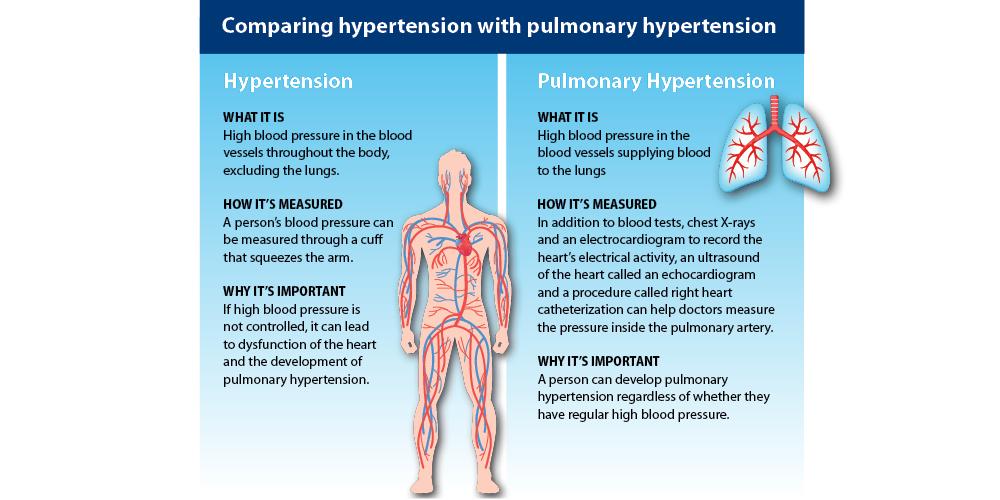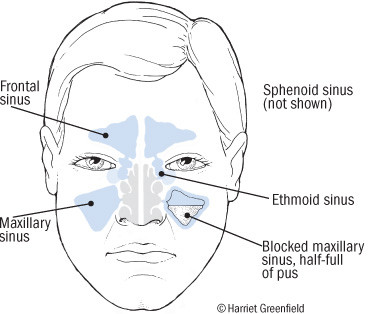Neck pain, also known as cervicalgia, is a prevalent issue affecting a significant portion of the population at some point in their lives. Despite being felt in the neck, this discomfort can originate from various spinal problems. Neck pain may arise from muscular tightness in both the neck and upper back, or from pinching of the nerves or other spinal issues.
One serious condition associated with neck pain is cervical artery dissection. This involves unusual, persistent neck pain often accompanied by a severe headache. The pain from a carotid artery tear usually spreads along the side of the neck and up towards the outer corner of the eye. Conversely, a vertebral artery tear may feel like something sharp is stuck at the base of the skull.
Structural neck problems such as arthritis, which involves worn cartilage at the ends of your neck bones, or degenerated discs, which are worn cushions between your neck bones, can also cause neck pain. Often, however, the cause is related to strains in the neck muscles, triggered by subtle changes in your daily routine.
Cervical radiculopathy is another common cause of neck pain. It is a condition where a cervical nerve at the point where it exits the spine, called the foramen or neuroforamen, becomes pinched or inflamed. The term ‘radiculopathy’ combines the Latin word “radicula” (small root) and the Greek word “pathos” (disease), with ‘cervical’ referring to the neck region.
There is also a connection between certain treatments, like chiropractic manipulations, and complications in other areas such as the eyes. The high-velocity neck manipulations used in some chiropractic treatments can create stress on the eyes, leading to potential vision problems.
Sleep position and quality can also influence neck pain. Research has shown that musculoskeletal pain, including neck and shoulder pain, can be related to sleeping issues such as difficulty falling asleep.
Temporomandibular disorders (TMD) are another potential source of neck pain. These disorders affect the jaw muscles, temporomandibular joints, and the nerves associated with chronic facial pain. Causes include excessive strain on the jaw joints and muscle group responsible for chewing, swallowing, and speaking, which can result from teeth grinding, jaw injury, or arthritis.
It’s essential to recognize the warning signs of severe neck pain, which could indicate something serious like a cervical artery dissection. This type of pain is unusual, persistent, and severe, often occurring during or immediately after an activity that strains the neck. With a carotid artery tear, the pain frequently spreads towards the forehead, eye, cheek, or teeth.

For more detailed information on neck pain and its serious implications, you can visit Harvard Health, Harvard Health, and Harvard Health for comprehensive insights.


